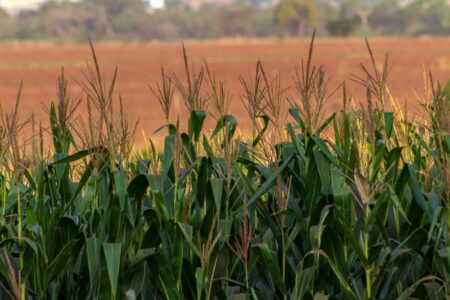One of the critical features of agroforestry for carbon sequestration is its potential to produce organic carbon. Soil carbon sequestration is often associated with transforming current agriculture practices rather than innovative designs and techniques. Agroforestry researchers have used long-term experiments to assess the potential for carbon sequestration and evaluated five scenarios in Europe. Agroforestry is a highly effective practice for reducing atmospheric CO2 emissions and thus, helps alleviate the effects of global warming.
Agroforestry has a unique role to play in the mitigation of atmospheric accumulation of greenhouse gases. It was considered to have the most significant potential for carbon sequestration among non-Annex I countries.
The potential for carbon sequestration under agroforestry largely depends on the system used and the amount of biomass produced. In the case of India, early studies of the potential carbon storage in agroforestry in the Haryana plains reported a sequestration potential of 83.6 tC/ha. However, agroforestry systems are not only carbon sinks but also potential sources of GHGs, as soil disturbance practices are known to produce significant amounts of these emissions.
Another positive effect of agroforestry is the production of additional marketable products. The increased income from carbon payments, as well as the improved soil quality, help farmers adapt to climate variability. By improving soil fertility, agroforests can be effective carbon sinks. And as long as the project is financially viable, there is an excellent opportunity for further employment under improved agroforestry systems for carbon sequestration.

Although it is possible to increase agroforestry’s carbon-sequestration potential by adding agroforestry practices, this method is not yet widely adopted in developing countries. Moreover, carbon captured by agroforestry can be released when trees burn or die, or land-use changes occur. Further research is necessary to verify the carbon sequestration potential of agroforestry.
Even though agroforestry systems have been proven to store carbon in their aboveground components, field measurements of their actual ability to do so are insufficient. This is partly due to the lack of uniform methodologies and inherent variability in estimates of carbon storage potential. In addition to direct carbon sequestration, agroforestry practices reduce the harvesting pressure on natural forests, the most prominent sink of terrestrial carbon.
Even though this method is not yet economically viable for smallholder farmers in drylands, it is nevertheless worth considering. It can improve livelihoods for the poor and create jobs in the process. Smallholder farmers in dry regions could even receive payments through carbon markets for planting trees.














